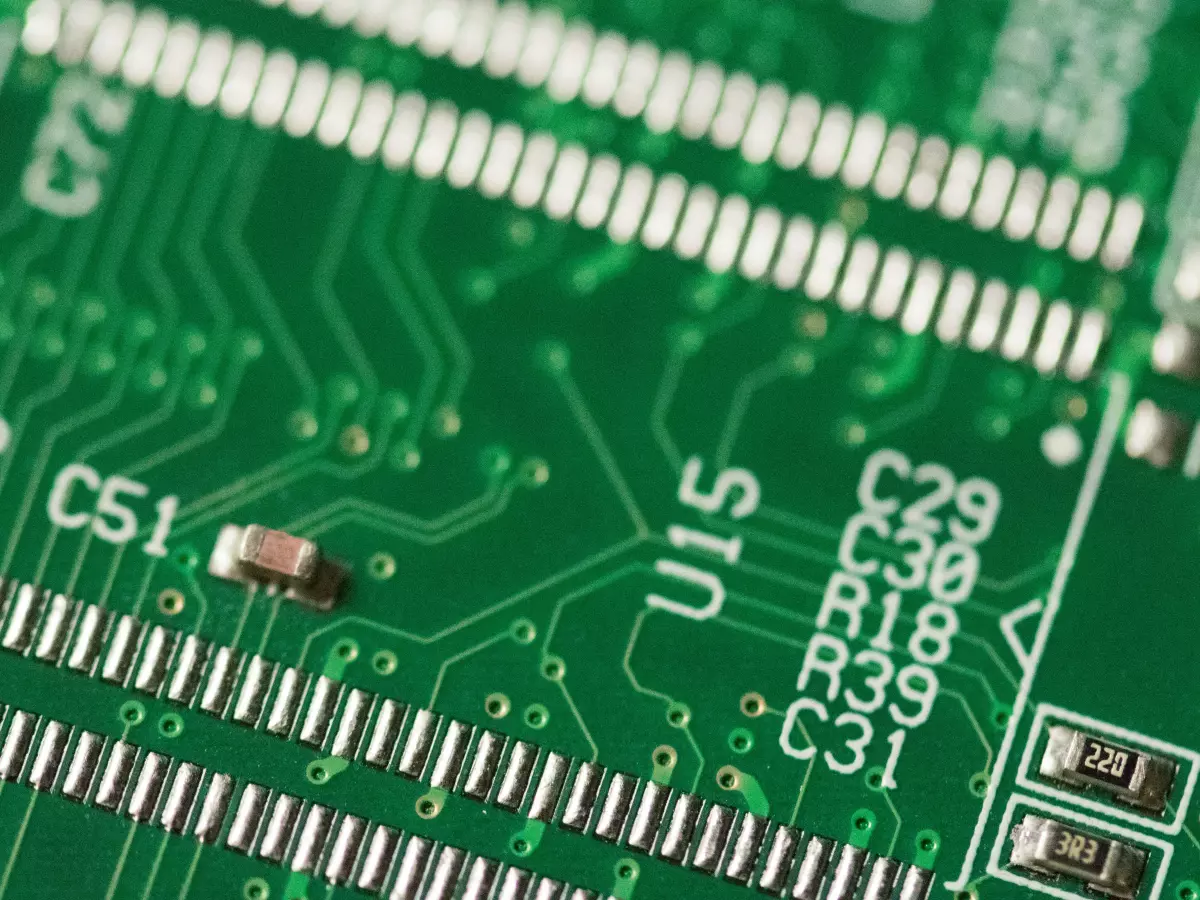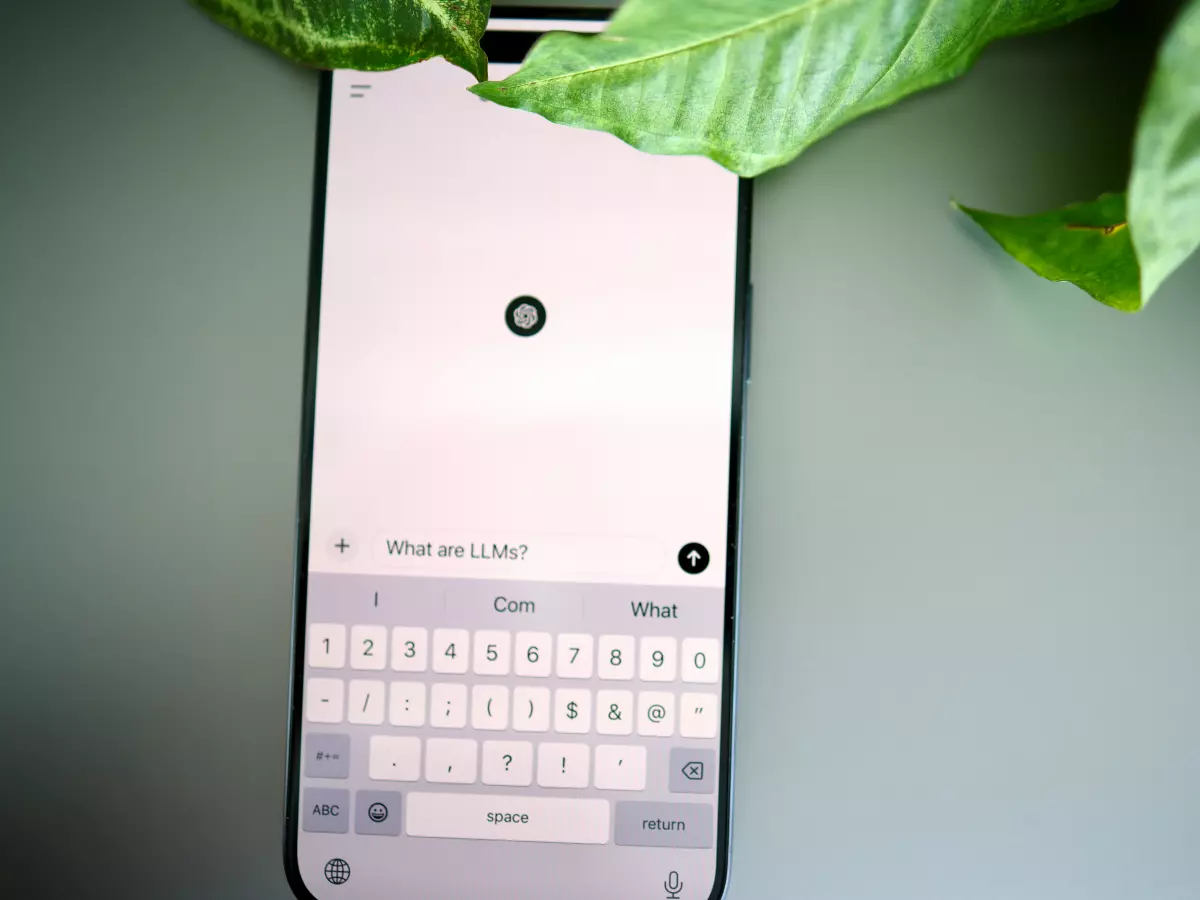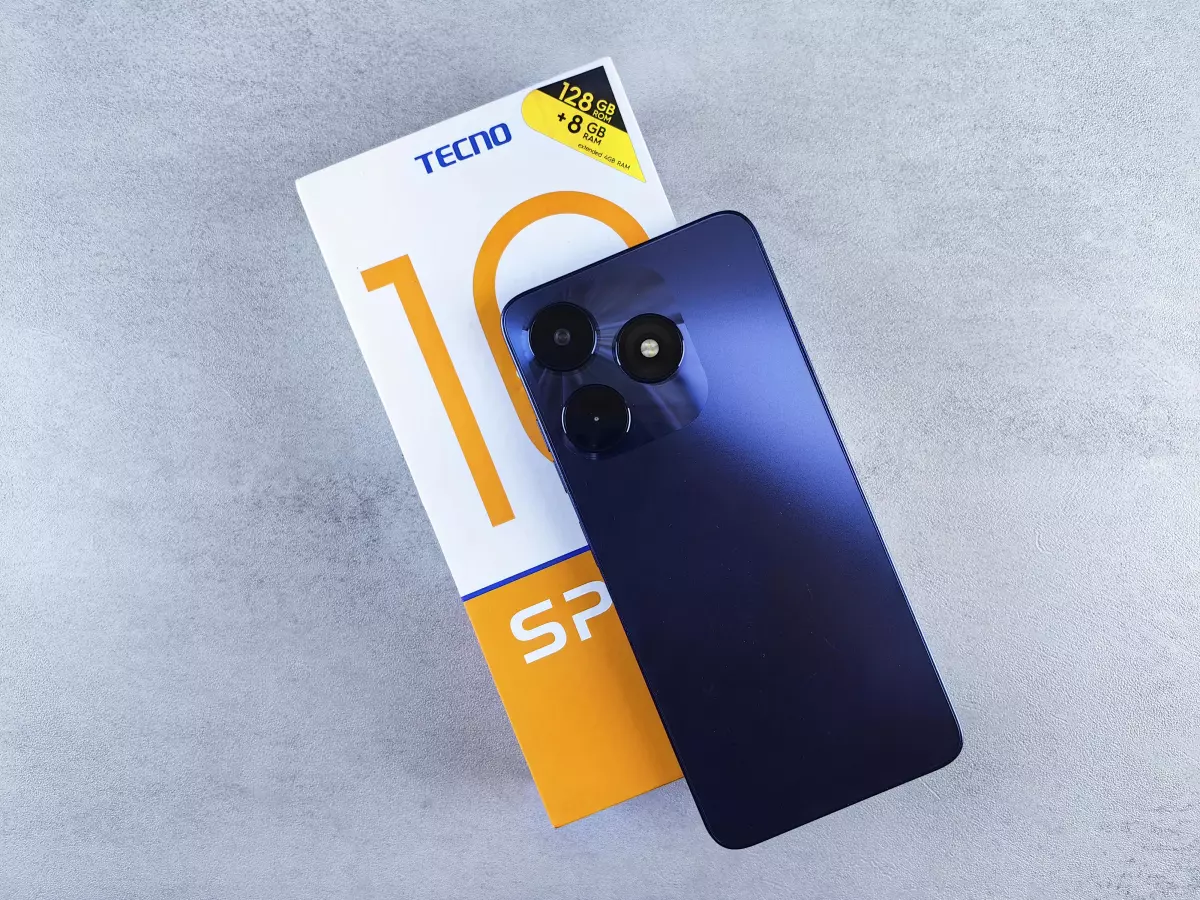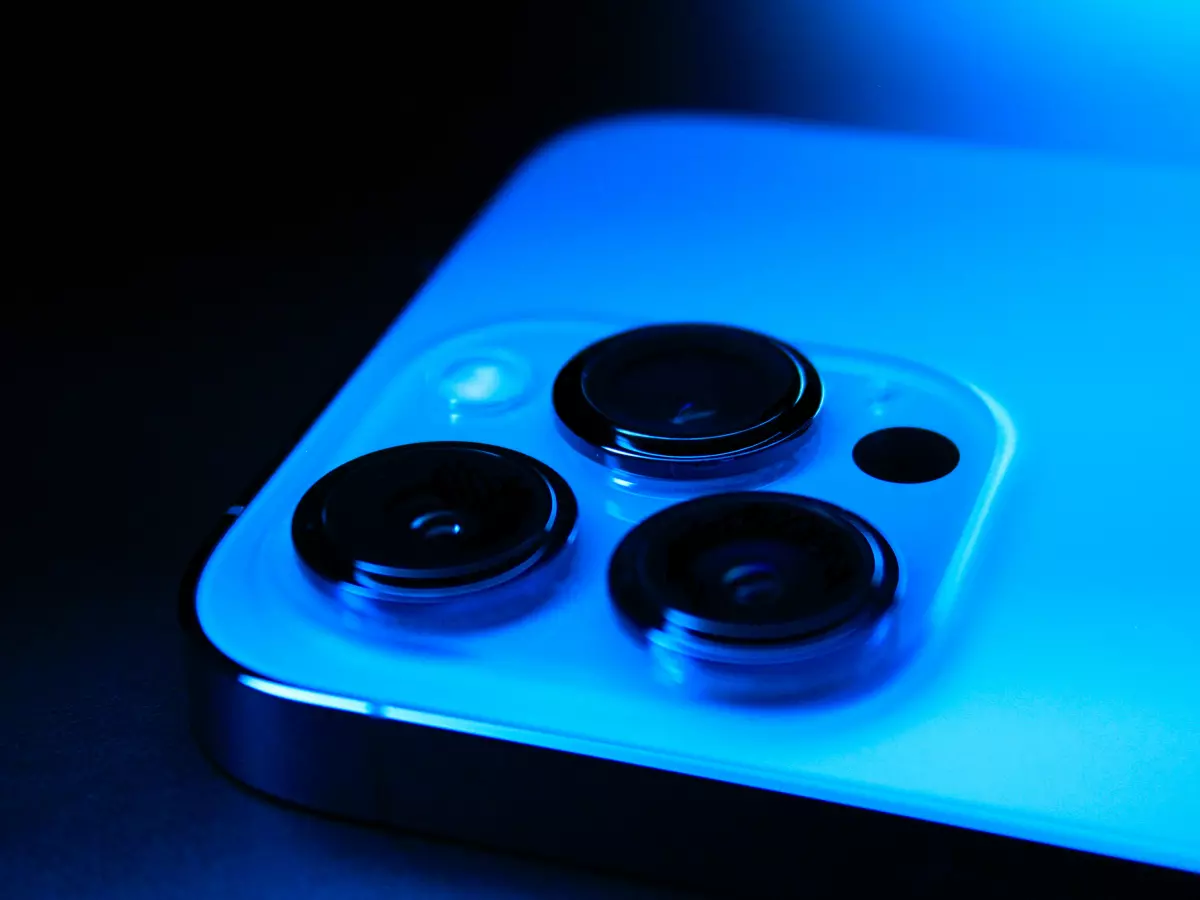OS vs. Hardware
Imagine your smartphone as a high-performance sports car. Sure, it’s got the engine, the sleek design, and all the horsepower you could ask for. But without a skilled driver behind the wheel, all that power is just potential energy waiting to be unleashed. That driver? It’s your smartphone’s operating system (OS).

By James Sullivan
Just like a driver knows when to shift gears, when to brake, and how to navigate tight corners, your smartphone’s OS is responsible for managing the delicate balance between hardware components. It’s the unsung hero that ensures your processor, RAM, and battery work in harmony to deliver a seamless experience. Without it, your phone would be like a Ferrari stuck in neutral—lots of potential, but no real movement.
But how exactly does the OS influence hardware performance? And why is it so crucial to your smartphone’s overall efficiency?
The OS: A Conductor for Your Hardware Symphony
Think of your smartphone’s hardware as a symphony orchestra. You’ve got the processor playing the violins, the RAM on the cellos, and the battery keeping the rhythm on the drums. But without a conductor to keep everyone in sync, it would just be noise. The OS is that conductor, making sure each component performs its part at the right time.
When you open an app, for example, your OS tells the processor to allocate resources, the RAM to store temporary data, and the battery to provide just the right amount of power. It’s a delicate dance, and when done right, you don’t even notice it. But if the OS fumbles, you’ll experience lag, crashes, or even overheating. That’s why a well-optimized OS can make even mid-range hardware feel snappy, while a poorly optimized one can turn a flagship device into a sluggish mess.
Resource Management: The Key to Efficiency
One of the most critical jobs of an OS is resource management. Your smartphone has limited resources—whether it’s processing power, memory, or battery life. The OS decides how to allocate these resources based on what you’re doing. For instance, when you’re gaming, the OS will prioritize the GPU and CPU, while background apps get less attention. When you’re just scrolling through social media, the OS might throttle down the processor to save battery.
But it’s not just about what’s happening in the foreground. The OS also manages background processes, like syncing your emails or updating apps. A well-optimized OS will know when to let these processes run and when to put them to sleep, ensuring that your phone doesn’t waste resources on tasks you don’t need right now.
Battery Life: More Than Just mAh
We all know that battery life is one of the most important aspects of a smartphone. But did you know that your OS plays a huge role in how long your battery lasts? It’s not just about the size of the battery (measured in mAh); it’s about how efficiently the OS manages power consumption.
Modern operating systems come with a variety of power-saving features. For example, they can limit background activity, reduce screen brightness, or even lower the refresh rate when you’re not interacting with the display. Some OSes even use AI to learn your habits and optimize power usage based on your daily routine. So, while a bigger battery is always nice, a smarter OS can make a huge difference in how long your phone lasts on a single charge.
Software Updates: The Secret Sauce
Ever noticed how your phone seems to get faster—or slower—after a software update? That’s because updates often include optimizations that improve how the OS interacts with your hardware. These updates can fix bugs, improve resource management, and even add new features that make better use of your phone’s components.
However, not all updates are created equal. Sometimes, they can introduce new bugs or slow down older devices. This is why some users are hesitant to update their phones, especially if they’re using an older model. But in most cases, updates are designed to enhance performance, so it’s usually a good idea to keep your OS up to date.
Customization: The OS That Fits You
One of the coolest things about smartphone operating systems is how customizable they can be. Whether you’re using iOS, Android, or something else, you can often tweak settings to optimize performance based on your needs. For example, you can disable animations to make your phone feel faster, or you can limit background processes to save battery life.
Some OSes even allow for deeper customization. Android, for instance, lets you install custom ROMs that can completely change how your phone operates. This level of control can be a game-changer for power users who want to squeeze every last drop of performance out of their hardware.
Final Thoughts: The OS-Hardware Relationship
At the end of the day, your smartphone’s hardware is only as good as the OS that runs it. A well-optimized OS can make even modest hardware feel fast and responsive, while a poorly optimized one can turn a flagship device into a frustrating experience. So, the next time you’re shopping for a new phone, don’t just look at the specs—pay attention to the OS as well. It might just be the key to unlocking your phone’s true potential.





